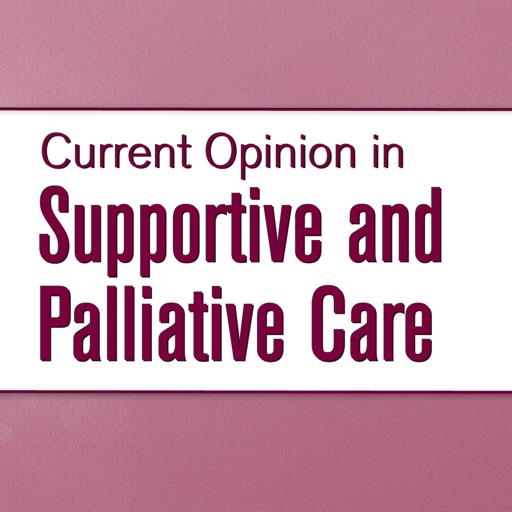 “The treatment of cancer-induced bone pain (CIBP) has been proven ineffective and relies heavily on opioids, the target of highly visible criticism for their negative side effects.
“The treatment of cancer-induced bone pain (CIBP) has been proven ineffective and relies heavily on opioids, the target of highly visible criticism for their negative side effects.
Alternative therapeutic agents are needed and the last few years have brought promising results, detailed in this review.
RECENT FINDINGS:
Cysteine/glutamate antiporter system, xc, cannabinoids, kappa opioids, and a ceramide axis have all been shown to have potential as novel therapeutic targets without the negative effects of opioids.
SUMMARY:
Review of the most recent and promising studies involving CIBP, specifically within murine models. Cancer pain has been reported by 30-50% of all cancer patients and even more in late stages, however the standard of care is not effective to treat CIBP. The complicated and chronic nature of this type of pain response renders over the counter analgesics and opioids largely ineffective as well as difficult to use due to unwanted side effects. Preclinical studies have been standardized and replicated while novel treatments have been explored utilizing various alternative receptor pathways: cysteine/glutamate antiporter system, xc, cannabinoid type 1 receptor, kappa opioids, and a ceramide axis sphingosine-1-phosphate/sphingosine-1-phosphate receptor 1.”
https://www.ncbi.nlm.nih.gov/pubmed/32349095

 “An increasing number of patients are turning to
“An increasing number of patients are turning to 

 “To determine whether adjunctive dronabinol, a licensed form of delta-9-tetrahydrocannabinol, reduces opioid consumption when used off-label for managing acute pain following traumatic injury.
“To determine whether adjunctive dronabinol, a licensed form of delta-9-tetrahydrocannabinol, reduces opioid consumption when used off-label for managing acute pain following traumatic injury. “There is growing interest in using
“There is growing interest in using  “Opioid receptor agonist drugs, such as morphine, are very effective for treating chronic and severe pain; but, tolerance can develop with long-term use. Although there is a lot of information about the pathophysiological mechanisms of opioid tolerance, it is still not fully clarified. Suggested mechanisms for opioid tolerance include opioid receptor desensitisation, reduction of sensitivity G-proteins, activation of mitogen-activated protein kinase (MAPK), altered intracellular signaling pathway including nitric oxide, and activation of mammalian target of rapamycin (mTOR).
“Opioid receptor agonist drugs, such as morphine, are very effective for treating chronic and severe pain; but, tolerance can develop with long-term use. Although there is a lot of information about the pathophysiological mechanisms of opioid tolerance, it is still not fully clarified. Suggested mechanisms for opioid tolerance include opioid receptor desensitisation, reduction of sensitivity G-proteins, activation of mitogen-activated protein kinase (MAPK), altered intracellular signaling pathway including nitric oxide, and activation of mammalian target of rapamycin (mTOR).
 “The global cancer burden is significantly increasing at an alarming rate affecting patients, relatives, communities, and health-care system. Cancer patients require adequate pain relief and palliative care throughout the life course, especially in terminal illness. Although opioid treatment is successful in majority of patients, around 40% do not achieve enough analgesia or are prone to serious side effects and toxicity. The treatment of medical conditions with cannabis and
“The global cancer burden is significantly increasing at an alarming rate affecting patients, relatives, communities, and health-care system. Cancer patients require adequate pain relief and palliative care throughout the life course, especially in terminal illness. Although opioid treatment is successful in majority of patients, around 40% do not achieve enough analgesia or are prone to serious side effects and toxicity. The treatment of medical conditions with cannabis and  “For patients with chronic, non-cancer pain, traditional pain-relieving medications include opioids, which have shown benefits but are associated with increased risks of addiction and adverse effects.
“For patients with chronic, non-cancer pain, traditional pain-relieving medications include opioids, which have shown benefits but are associated with increased risks of addiction and adverse effects.